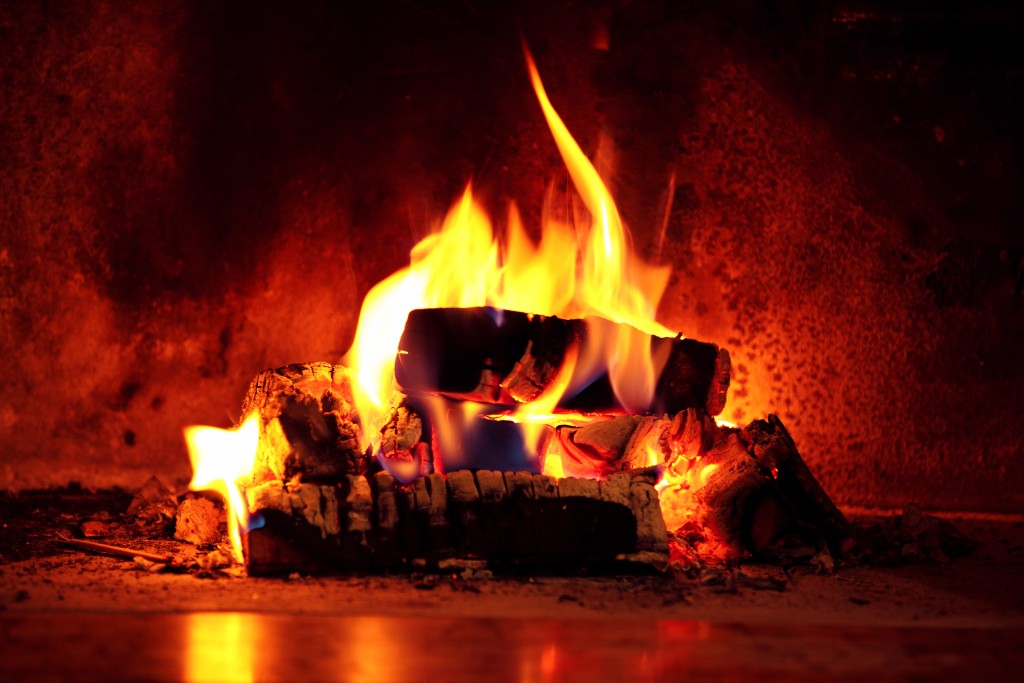Winter is coming in the West, and you might think that fires are not so common during this time. But that is not true. Household fires increase during the winter months, as many residents use electric furnaces and even fireplaces to keep warm. Last November, several apartment buildings burned in Utah, and the fire department expects more in the coming months.
Heating Problems Dropping temperatures and increased use of furnaces and other heating options make winter the deadliest season when it comes to fire. Heating is one of the top causes of residential fires, as well as deaths and injuries attributed to them. The winter months of December, January, and February experience the most number of fires. Electric space heaters figure prominently in the seasonal fires — causing 40 percent of all incidents. In Utah, wood-burning furnaces are also to blame. Wayward embers can light up a curtain, carpet, or linoleum flooring. Improperly maintained chimneys also pose significant risks. Creosote, the tar-like substance that accumulates after burning wood, is highly flammable — and a single rising ember can lead to an uncontrollable chimney fire. Make sure your furnace is well-maintained and opt for a gas furnace instead of traditional wood-burners. Gas furnaces are safer — but you might want to install a few CO detectors to be sure.
Kitchen Accidents
Kitchen fires are so common they’ve become a trope in TV shows — the reckless dad or the distracted mom tending over a pot that suddenly bursts into flames. However, the reality is far from what’s shown on screens. Most kitchen fires in Utah involve seniors — some of them who have Alzheimer’s. Seniors are less able to control sudden fires and are also more vulnerable to their effects. 2020 saw a sharp rise of kitchen fire incidents in Utah and the rest of the nation — becoming the leading cause of accidental fires for the year. Kitchen fires are particularly problematic. Using water can exacerbate certain fires — so it’s best to have CO2 fire extinguishers in your kitchen. Untended cooking is one of the most common causes of kitchen fires, so make sure your kitchen has a functioning smoke detector at all times.
Inside the Bedroom

Fires that start in the bedroom are particularly dangerous — leading to more than 70 percent of all residential fire fatalities. Smoking in bed is one of the primary reasons, as even a spent cigarette butt can stay lit for hours. Mood lighting candles are also to blame. People who use them often leave them lit as they sleep and an errant unconscious motion in bed can send them flying into something flammable. Bedside lights also contribute to the risk of fires. Lamps can build up heat, potentially burning their shades if they are built a little too close. Lamps are also generally light and are easily knocked over — potentially setting fire to rugs on the floor or the bed’s blankets. Make sure to keep the bedroom free from any fire. Switch to LED lamps that produce less heat and keep portable heaters away from anything flammable.
Hidden Dangers
The worst fires are the ones you don’t see immediately. Electrical fires are the most common fires in the past decades (losing only to kitchen fires in 2020). Faulty wiring can set your house ablaze from within the walls — leaving you with little time to control it. Dryer fires are also quite common, razing close to 14,000 homes across the US. Every year, dryer fires account for more than $220 million in property damage. Be on the lookout for flickering lights and have an electrician check your house once a year. Make sure to have regularly scheduled dryer vent cleaning to prevent the build-up of lint. You don’t want to lose your home to something as insignificant as lint.
There’s nothing more devastating than losing your home to fire in the dead of winter. Make sure it doesn’t happen by being more careful and by following guidelines that will keep your house safe.
